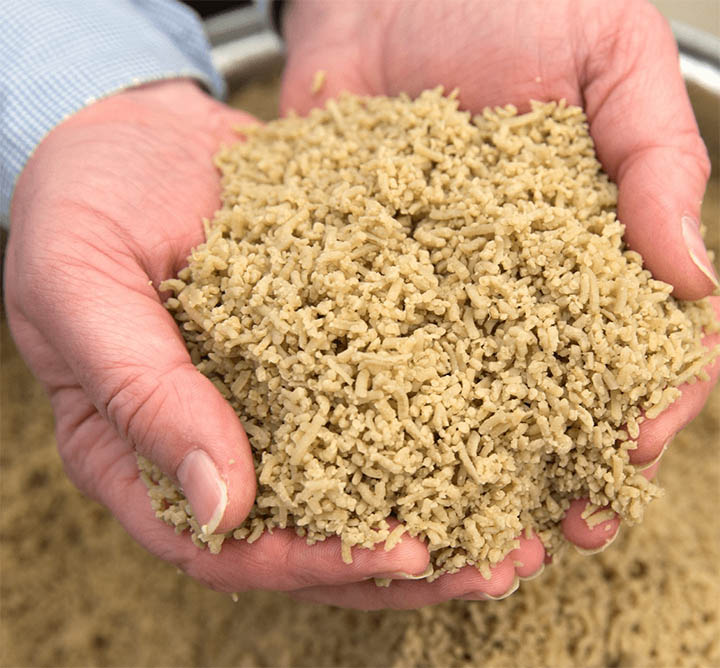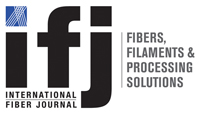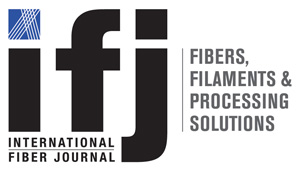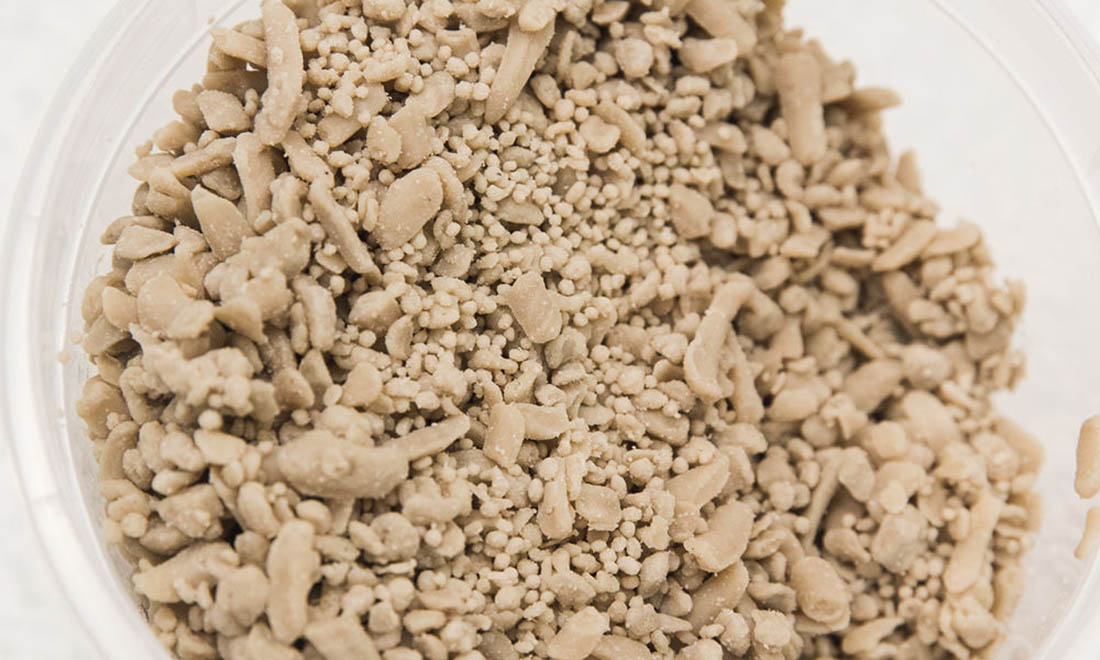Nanofiber is a continuous fiber, which has a range of billionths of a meter. As a definition, nanofibers are generally classified as a fiber that is 1 nm to 100 nm, with a length of 100 times or more the diameter. In nonwovens and fabrics, this classification is often extended to include fibers as a large as 1,000 nm, which is considered a microfiber. Like microfiber, nanofiber products are not governed by a specific taxonomy, thus allowing product marketing a broad area of interpretation to describe a product.
Most nanofiber products are composites of materials that have a broad range of fiber diameters and very few are 100% nanofiber constructions. There are many different methods that are used to create nanofibers and subsequent engineered fabrics with novel desired characteristics. Various nanofiber constructs are the “Intel Inside®,” that make many of the new products and technologies we rely on today stronger, lighter and more effective.
Nanofibers are exciting! Their potential for driving performance improvements is promising in a wide variety of materials. This can be attributed to the unique physical and chemical properties that are a result of, and can be attributed to, very tiny fibers.
As an example, a Scottish-based company called CelluComp has commercialized sustainable nanofibers within micron-sized particles from root-based cellulose. Some of its cellulose-based nanofiber products are described as strong as carbon fiber and are used to reinforce solids like paper, cement, enhance paint durability and barrier properties, as well as provide significant strength to standard fibers and threads.
There are many other examples of materials both natural and synthetic that augment mechanical flexibility and strength, as well as increase surface area.
Applications
There are many applications for nanofibers. Some of the primary applications include filtration, functional additive materials and energy storage.
There are many filter companies that utilize nanofibers as a coating layer on conventional filtration medias to capture dust on the surface more efficiently while operating at lower pressure drops due to ease of cleaning. Adding small amounts of nanofibers to composites enhances strength and durability of materials, such as nonwovens, paper and polymer-based composites.
Lastly, with broader electrification in transportation, nanofibers are ideal and widely utilized in energy storage devices due to their high surface areas and porosities. As global concern about the shortage of fossil fuels and environmental issues increase, the development of efficient and clean nanofiber-based storage will increase as well.
Applications on the horizon include nanofibers in biomedical and healthcare applications. Some of the most promising applications include drug delivery systems, controlled drug release and tissue engineering technology.

Challenges
There are many means of fabricating a nanofiber and because the fibers are so small there are also associated challenges and, in some instances, limitations based on scale. Other challenges include uniformity and the ability to handle the finished product because of its fineness. Lastly, some processes require solvents and significant power based on mass to fabric as compared to larger more established production techniques.
As the current generation technologies lend themselves to multiple functionalities (coatings and drug delivery) and ultimately integrated technologies (neural networks) the systems employed will become increasingly complex and tiered.
Most countries, including the U.S. and the European Union have legal limits for the most harmful air pollutants, this includes PM 2.5, nitrogen oxides, carbon monoxide and sulphur dioxide. At this time, there are no similar regulatory limits that exist for nanoparticles. The U.S. Environmental Protection Agency does, however, gather information on nanoscale materials which it regards as “chemical substances.”
These structures are much smaller than a typical nanofiber, which may have a dimension at the nanoscale. The International Organization for Standardization (ISO) has established a technical committee to develop international standards for nanotechnology. This technical committee, ISO/TC 229, is developing standards for terminology, nomenclature and test methodology to determine safety via a science-based approach.
Bonus ’Tech Talk’ Video
Learn More @ inda.org/education!
Today’s nanofibers are polymeric, biopolymeric and mineral based. The industry is just starting to commercialize composites. There is a concerted effort to understand the environmental applications and implications of nanofiber at an international level by scientists and policy makers. Bio-based nanofibers pose the least risks to the people and persistence in the environment.
Future opportunities
As we look to the future the ultimate potential for nanofiber is remarkable. Think small! When nanofibers are able to be produced at scale at the atomic level, potentially via 3-D printing, many new possibilities will render science fiction into science fact. These fibers can then assume a level of complexity that natural fibers exhibit and beyond. This could include computing and energy exchange between different domains, like chemical transfer of heat or mechanical energy. Computing both mechanically and biologically will open the doors to science and medicine with precision and efficiency. The applications to reshape the environment at the micro and macro scales are limited only by the creativity of fiber engineers.
* International Fiber Journal is owned by INDA, Association of the Nonwoven Fabrics Industry (inda.org).


